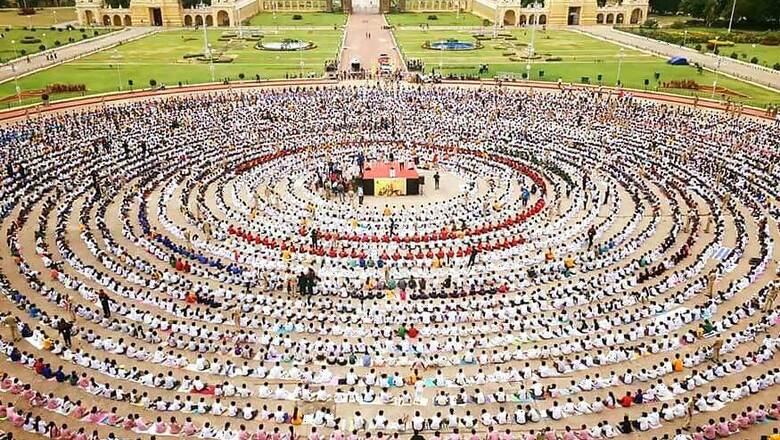
views
Mysuru: In 1930s, the Maharaja of Mysuru Krishna Rajendra Wodeyar was told that there was a yoga guru in his region who would help cure his illness. Legend has it that the King sent for the guru, Tirumalai Krishnamacharya, who helped him cure his ailments.
Grateful, the King gave the guru a wing of the Jagmohan Palace to start a yoga-shala, and thus, began Mysuru’s long tryst with yoga.
This Wednesday, as Mysuru gears up to create a world record on the third International Yoga Day, it will try to revive its historical links with yoga. It was this city of palaces that gave the country greats such as Tirumalai Krishnacharya, Pattabhi Jois and BKS Iyengar. It was this quaint city that realized the importance of this ancient practice in maintaining a healthy mind and body through nothing but asanas and breathing exercises.
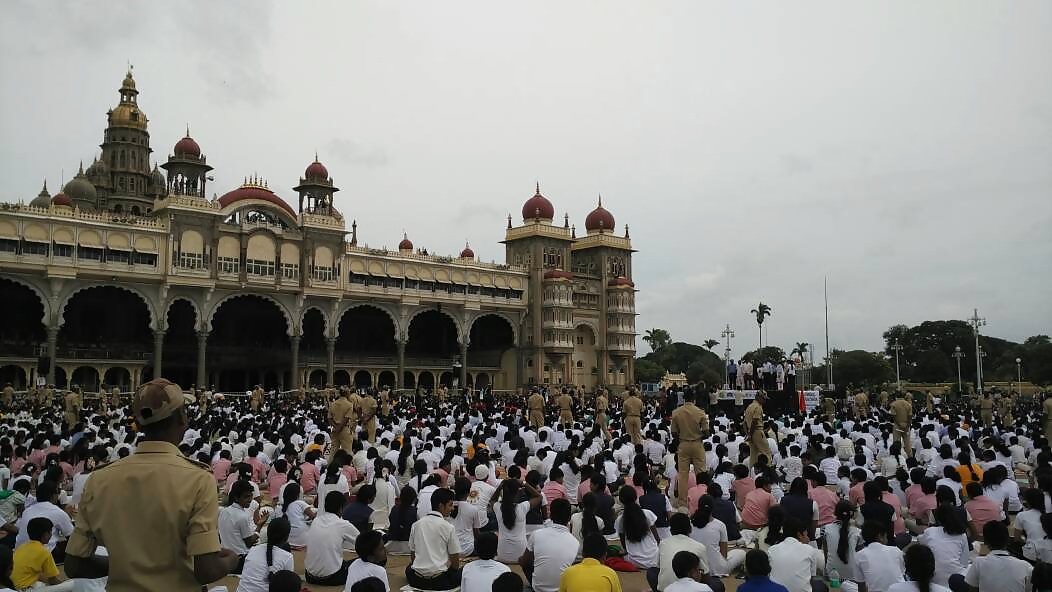
Taking its rich legacy forward, early on Monday morning, 8,381 students from across Mysuru came together at the palace to create the longest chain of yogasanas. Four asanas were performed for 15 minutes — in the heart of the city. The previous record is held by about 3,000 yoga practioners doing three asanas.
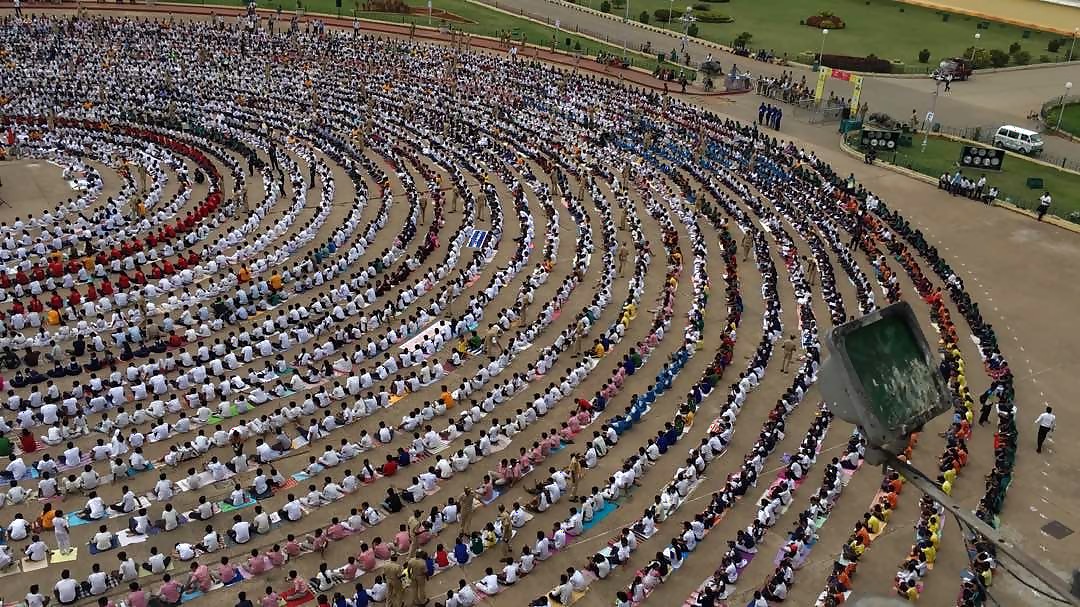
The bigger show will be on Yoga Day on June 21. With a likely turnout of more than 40,000 people (and the ambitious bid to host this in a venue that holds 60,000 people), Mysuru wants to script yet another page in history. A pre-fixed set of 20 to 25 asanas will be done over 35 minutes at the Mysuru Race Course to attempt setting a world record.
“Before Mysuru was known for tourism, it was known for yoga. Yoga is fairly popular, but we want to give it a push now — and with it, spur tourism also,” says D Randeep, Mysuru’s Deputy Commissioner.
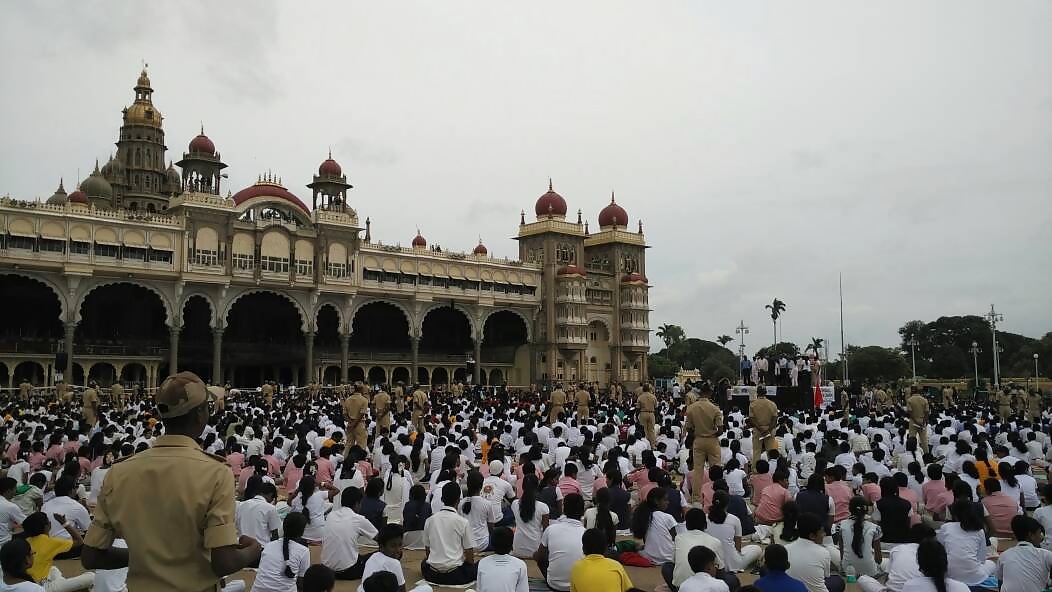
This is not the first time that Mysuru has tried to make its name on a global platform. The first time it did so, it succeeded like no other city. It was Mysuru and its yogis who took yoga to the world. Krishnamacharya’s shishyas went to the United States of America and other western countries, spreading yoga and its health benefits in camps and workshops, when they barely had $500 in their pockets.
“My destiny took me to yoga,” BKS Iyengar had said in an interview five years ago. Thirty years ago, it was Iyengar and Jois who took their respective styles to the West when yoga’s popularity waned in India. With different styles, the Iyengar School used props to help people adapt to yoga easily, while Jois insisted on traditional methods with the Ashtanga Yoga.
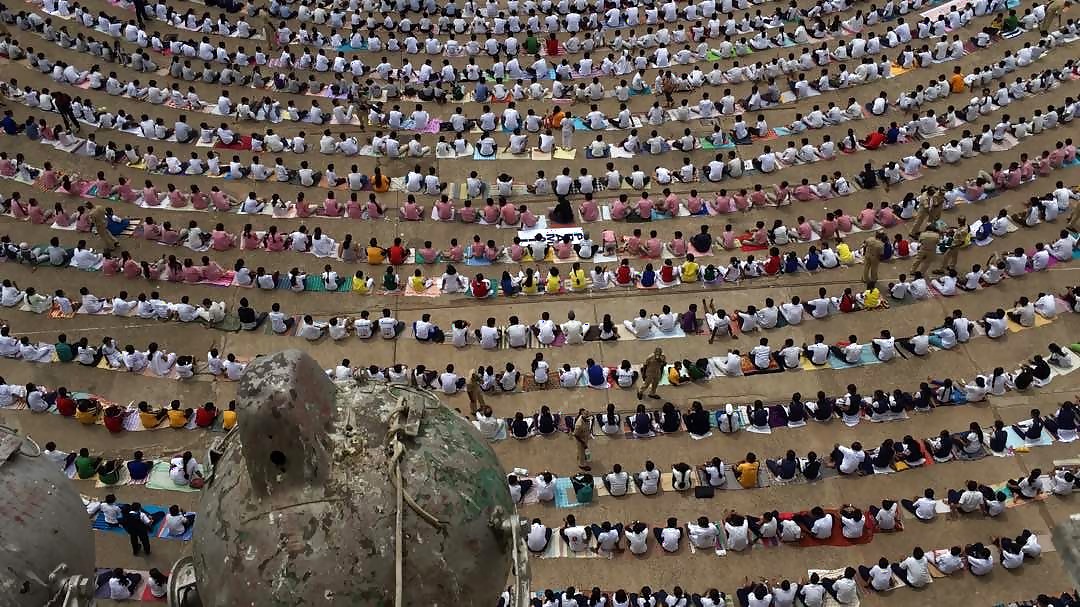
The current race to come up with a record and the hype around it will only be useful if more people take up Yoga as a part of their daily life, says Sharmila Mahesh, the granddaughter of Pattabhi Jois. “Just as you brush your teeth and bathe to keep your body clean every day, you need to practice yoga to cleanse your mind every day,” says Sharmila.
The Jois family, including Sharmila's 75-year-old mother Saraswathi (Jois’ daughter), continue to teach yoga.
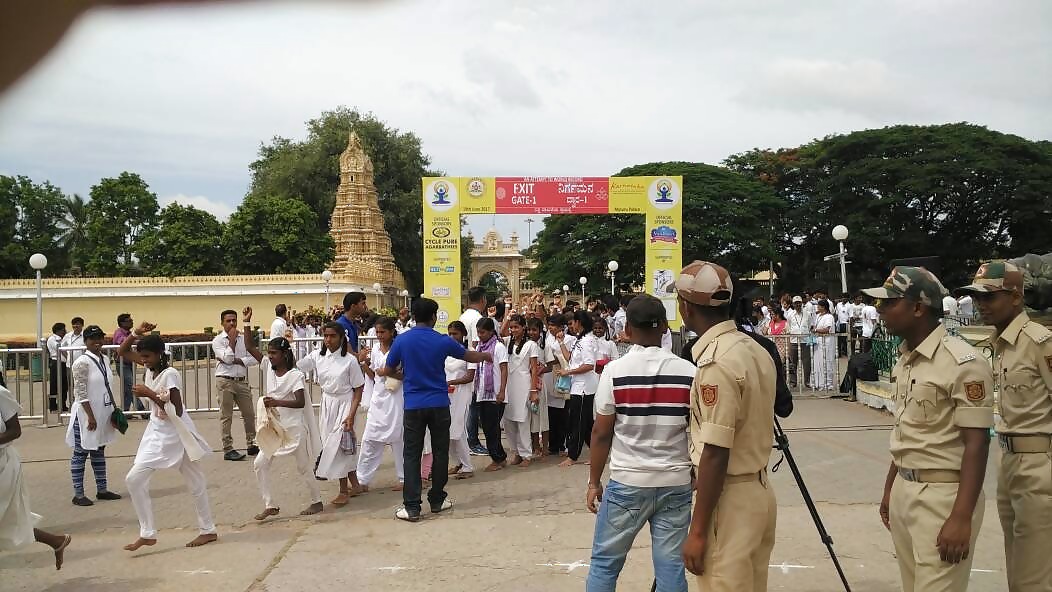
The fact that all the three yoga greats led healthy lives up to their 90s (Krishnamacharya lived to be a 100) is testimony to the family’s belief in yoga as a healer and a life-giver.
“There are always many photo ops and events, but what my grandfather said was that yoga is 99% practice and 1% theory. The asanas are the key to body and mind to attain a balance,” she says.
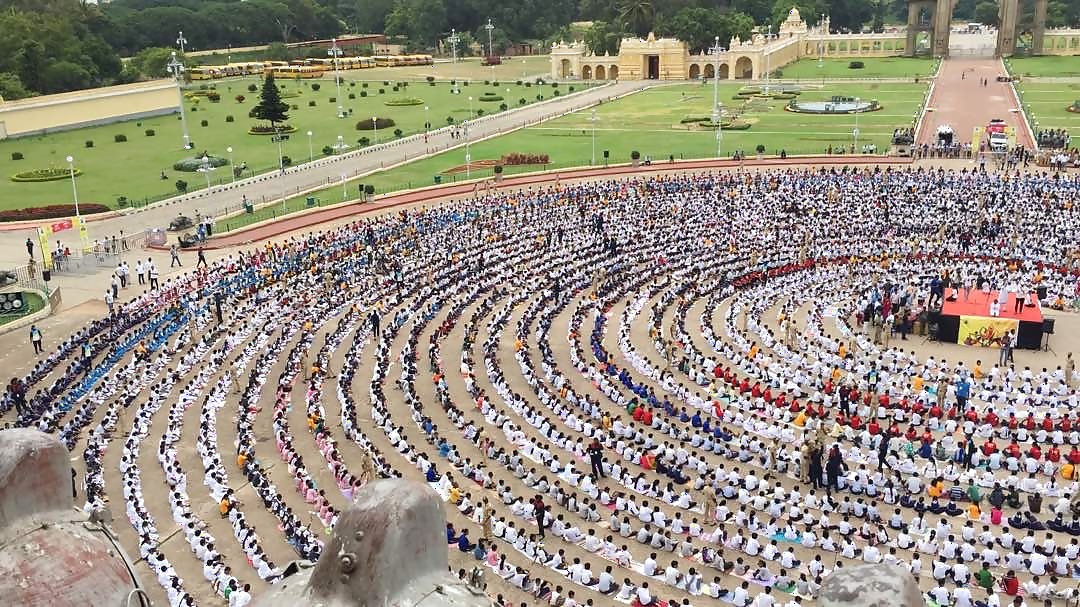
Krishnamacharya, too, had said, “Nowadays, the practice of yoga stops with just asanas. Very few even attempt dharana and dhyana (deeper meditation) with seriousness. There is a need to search once more and reestablish the practice and value of yoga in modern times.”
Will yoga go beyond the training of the last two weeks and look beyond the records that are being attempted? Only time will tell. Till then, breathe easy and breathe healthy.




















Comments
0 comment